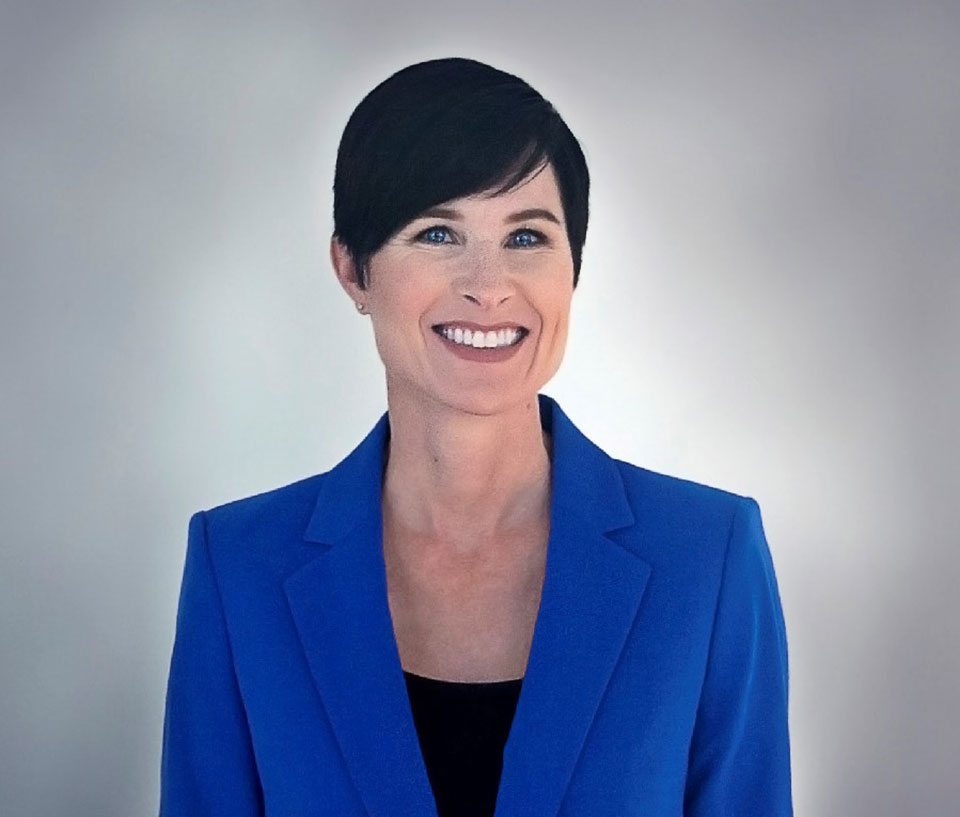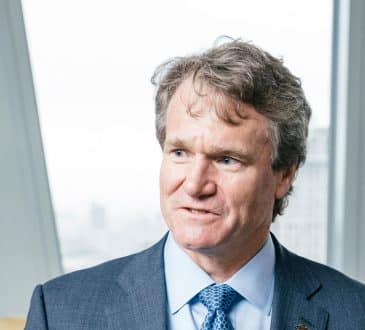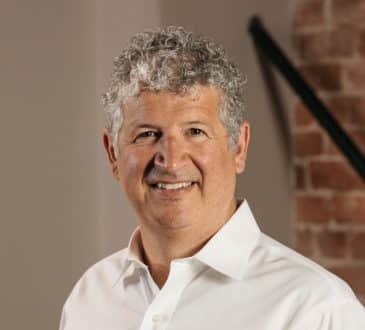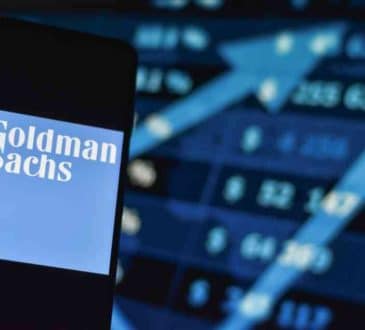Resetting The Post-COVID Workplace
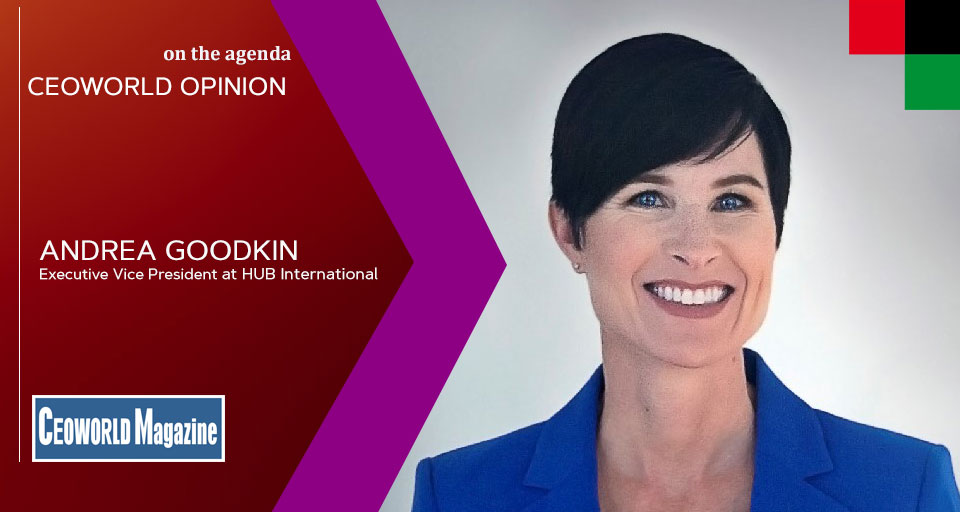
- The impact of the pandemic’s global health crisis and measures to contain it have pushed through a dramatic shift in the U.S. workplace. Since teleworking has become conventional, it recast how, when and where the job gets done and how performance is measured.
- At the same time, the uncertain environment has changed employees’ expectations, what they value – and ultimately, the employee/employer relationship.
- This can be good for everyone, but whether the momentum can be maintained is the question.
- This article is part of CEOWORLD magazine’s ongoing series on CEO Insider.
- Visit CEOWORLD magazine’s homepage for more stories.
By now, some of the positive early trends that surprisingly sprung from pandemic conditions have evened out. Productivity, for example, continued at or above pre-COVID levels, disproving a concern that employees would work less effectively if untethered to the traditional office.
As the first surge continued, Americans’ emotional stress issues escalated amidst worries about the future, physical health and financial security. This led over half of employers in one survey to boost their emotional and mental health programs. PWC added well-being coaching sessions to its lineup that already included six free therapy sessions among other support solutions. A communications firm bolstered its monthly wellness stipend with a flexible work schedule, and a remodeling company sharply reduced the copay for therapy visits.
That kind of response from employers initially pushed employee engagement to levels not seen before. But as each new day looks a lot like the one before it, engagement has dropped back to pre-COVID levels. From mid-July to the end of September, the percentage of engaged employees was 36%; 51%, though, were psychologically unattached to their work and company and on the lookout for better employment opportunities.
Employers want to recapture the promise and positivity that can come about from the shifts that are still influencing transformation. For a business to thrive, its workforce has to be invested in the change process. The COVID experience has also shown that forward momentum can be achieved and maintained when employees are well-informed and prepared for the future.
It is incumbent on the organization’s leaders to foster a culture where:
- the most is made of emerging new learning environments that encourage people to become their best selves.
- the benefits lineup is both tailored and responsive which makes them more attractive employers.
- people are motivated even as the rules of engagement change.
Here’s how to get started.
- Embrace new paths to learning and job growth. Now is the time to rethink professional development – whether it’s ensuring new job skills are learned, improving managerial capabilities, or fostering stronger behavioral skills. This is more pressing an issue than ever before as the pandemic has created anxiety and uncertainty at a time when employees want to do good work and contribute. Areas to focus on include:
# Only 26% of employees report getting necessary feedback to help improve their performance4. Managers need training and tools so they can provide feedback in ways that support employee growth.
# A skills gap is growing in softer behavioral skills like relationship building and communicating clearly. Technology’s influence and keeping pace with today’s rate of change certainly contribute. Behavioral skills help drive high performance, so it’s critical that future training strive to close such gaps.
untethered to the traditional office
# Alternative training strategies and platforms are also key to tomorrow’s successful workplace. Peer-to-peer learning, for example, is a collaborative way to develop and engage employees and keep talent. Integrated virtual platforms are also made to order for the times – e-learning that blends virtual reality, augmented reality and even artificial intelligence with coaching and consulting often added to the mix. - Tailor benefits to strengthen employee value proposition
An employee benefits strategy that responds to the pressures and life/work stages of employees says a lot about the value you place on them. Data-driven benefits design is critical to the process, whether guiding health plan options or understanding what stressors are affecting which employee segments and where tactics to boost engagement are needed. For example, analyzing claims data can identify utilization patterns of relevant benefits among specific employee demographics, which can help gauge how employees are coping with the emotional and financial stresses of the pandemic. This can fine-tune your understanding of how and where services are being accessed (such as through telehealth versus an EAP) and cut back on wasted resources. - Adjust expectations, starting with performance
To meaningfully measure performance in this pandemic virtual working environment, some questions need to be asked. Is the value of work product measured by quantity or hours worked? What about management expectations? Does face-time matter when work and home are under one roof? Employees crave clarity at times like this, and performance expectations should be measurable and connected to the organization’s overall goals and priorities.Old paradigms and assumptions have less relevance in a post-COVID environment, and as leaders work to position their organizations for optimal success now, they need to make sure that expectations are realistic. They can’t assume that employees are available at all hours or have full-time caretaking at home when more than 75% of single parents work and in 64% of homes with two parents, both work. They don’t want to reward faster work over better work, understanding that a longer workday doesn’t make a more productive workday.
It’s a new work world that’s emerging. No one has all the answers, and what’s “right” or “wrong” is highly subjective when the state of affairs remains in flux. What is certain though, is that standing still and not adjusting to change is never a good option.
Written by Andrea Goodkin.
Add CEOWORLD magazine to your Google News feed.
Follow CEOWORLD magazine headlines on: Google News, LinkedIn, Twitter, and Facebook.
This report/news/ranking/statistics has been prepared only for general guidance on matters of interest and does not constitute professional advice. You should not act upon the information contained in this publication without obtaining specific professional advice. No representation or warranty (express or implied) is given as to the accuracy or completeness of the information contained in this publication, and, to the extent permitted by law, CEOWORLD magazine does not accept or assume any liability, responsibility or duty of care for any consequences of you or anyone else acting, or refraining to act, in reliance on the information contained in this publication or for any decision based on it.
Copyright 2024 The CEOWORLD magazine. All rights reserved. This material (and any extract from it) must not be copied, redistributed or placed on any website, without CEOWORLD magazine' prior written consent. For media queries, please contact: info@ceoworld.biz
SUBSCRIBE NEWSLETTER



